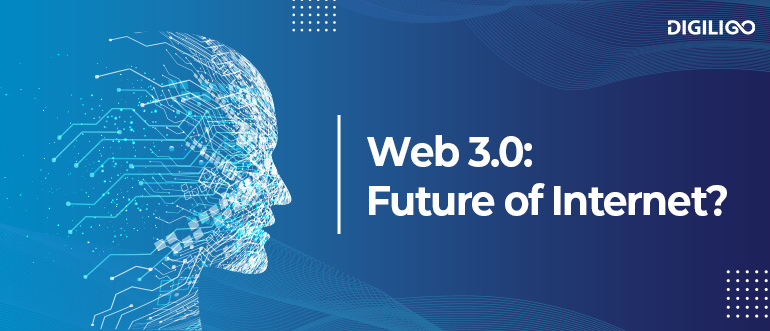
Web 3.0 describes the next evolution of the World Wide Web, the user interface that provides access to documents, applications and multimedia on the internet.
Web 3.0 is still being developed, so there isn’t a universally accepted definition. Even the proper spelling isn’t nailed down, with analyst firms like Forrester, Gartner and IDC toggling between “Web3” and “Web 3.0.”
What is clear, though, is that Web 3.0 will place a strong emphasis on decentralized applications and probably make extensive use of blockchain-based technologies. It will also use machine learning and AI to empower a more intelligent and adaptive web.

Instead, Web 3.0 apps are built on blockchains, decentralized networks of numerous peer-to-peer nodes (servers), or a hybrid of the two. These programs are known as decentralized apps (DApps), and you’ll hear that term a lot in the Web 3.0 community. Network participants (developers) are rewarded for delivering the highest quality services to establish a stable and secure decentralized network.

